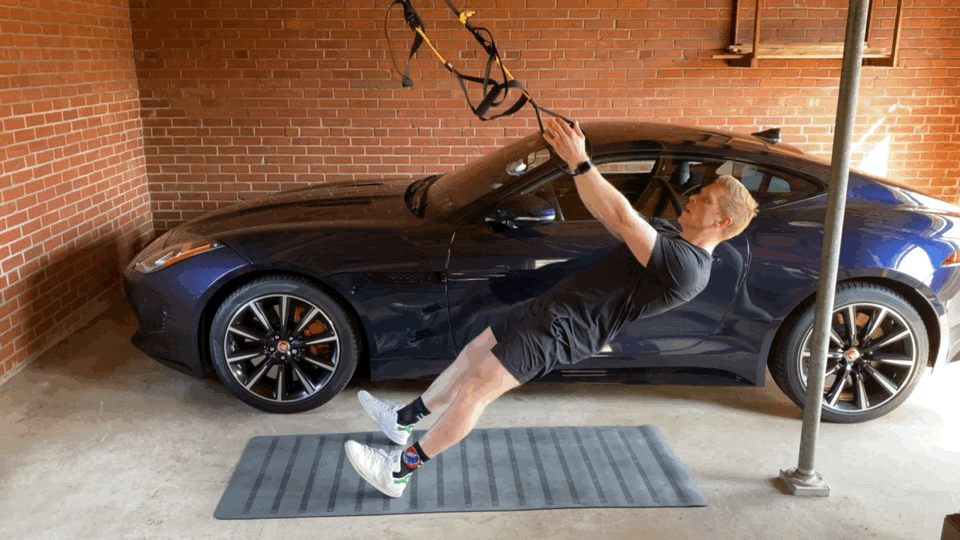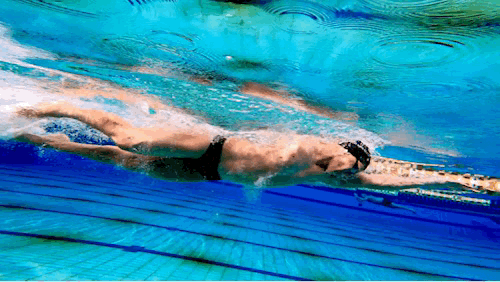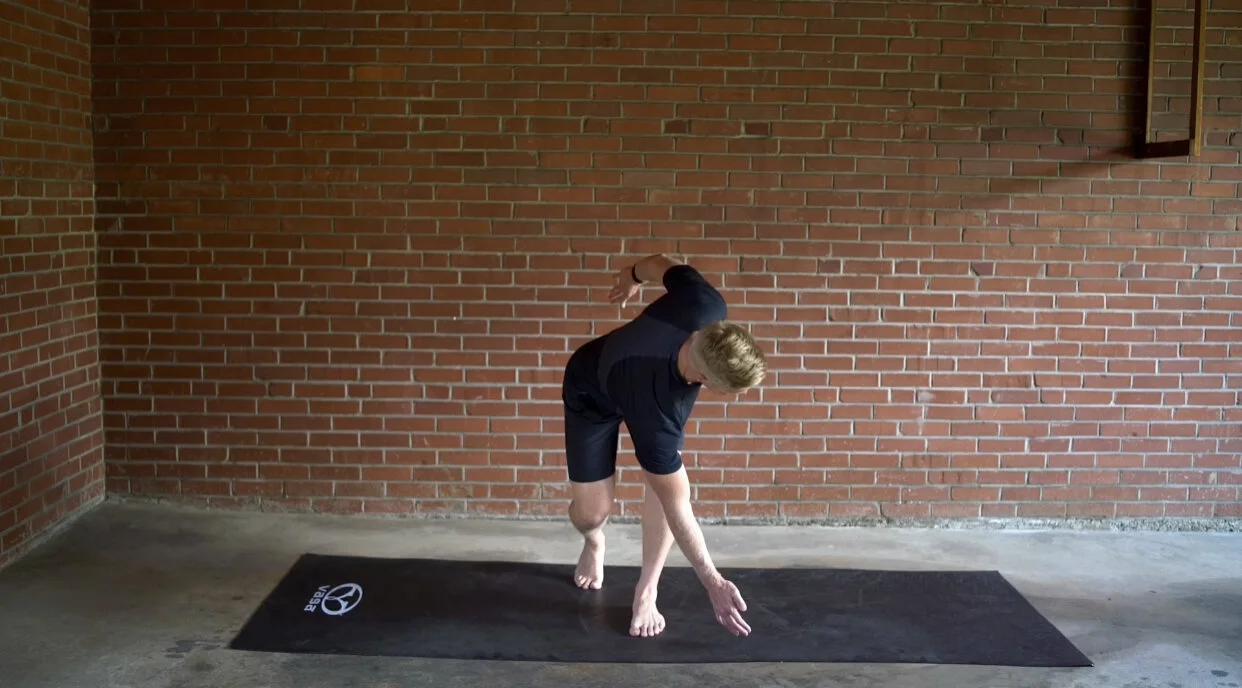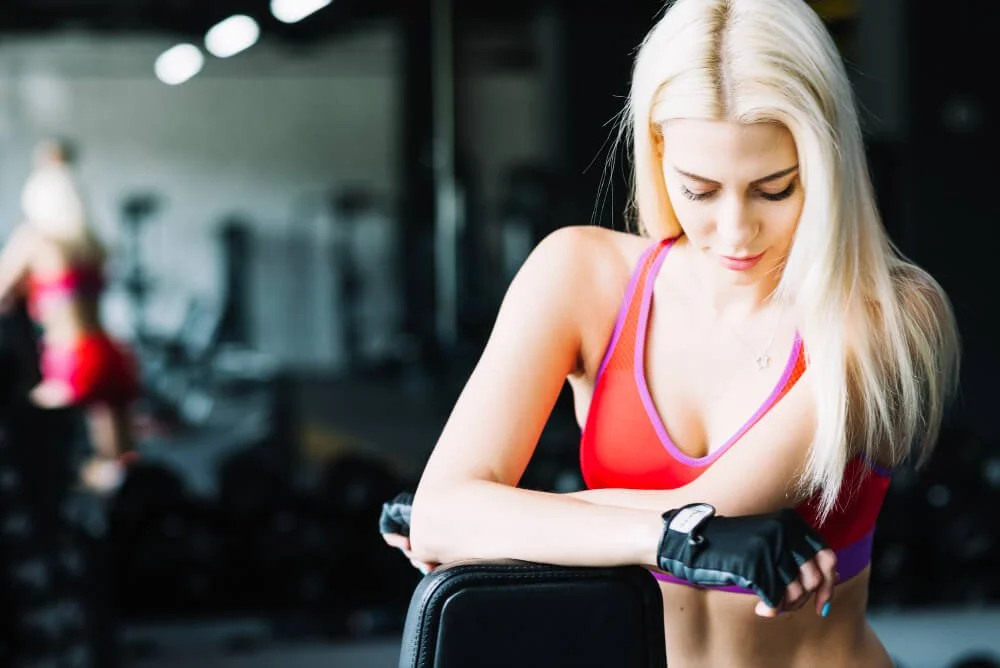The Ultimate Home Gym: Strength and Conditioning for Endurance Athletes
/Endurance athletes know that strength training is an integral part of their training regimen. It not only helps improve overall performance but also reduces the risk of injury. With the convenience of home workouts on the rise, having the right equipment can make a world of difference. In this blog post, we'll explore a comprehensive list of home strength training equipment tailored specifically for endurance athletes. From hex bars to TRX systems, we've got you covered!
Read More






